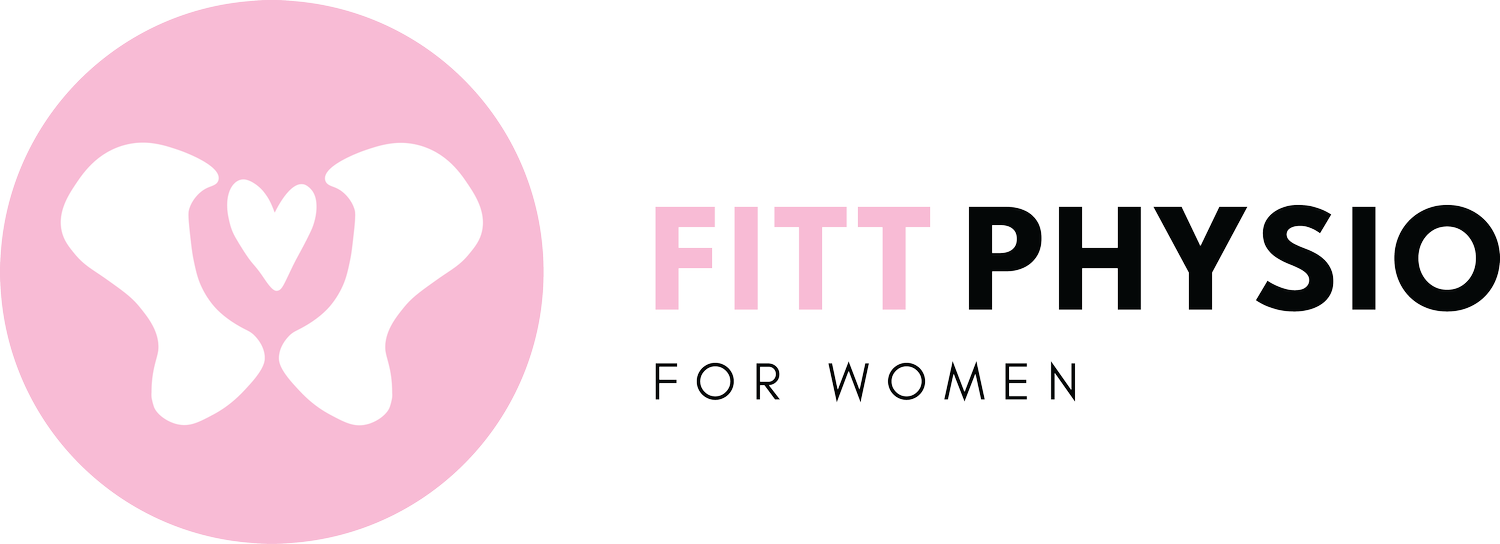
PELVIC ORGAN PROLAPSE
WHAT IS A PROLAPSE?
Pelvic Organ Prolapse
Pelvic organ prolapse occurs when one or more of the pelvic organs slip or bulge out of their normal position, often due to weakened pelvic support structures.
Types of Pelvic Organ Prolapse:
Bladder Prolapse (Anterior Vaginal Wall Prolapse or Cystocele):
Description: This occurs when the bladder bulges into the front wall of the vagina.
Symptoms: May include a feeling of pressure or fullness in the pelvic area, frequent urination, or urinary incontinence.
Uterine Prolapse:
Description: This occurs when the uterus descends into the vaginal canal.
Symptoms: Symptoms can include a sensation of heaviness or dragging in the pelvic area, pelvic pain, or issues with vaginal discharge.
Rectal Prolapse (Posterior Vaginal Wall Prolapse or Rectocele):
Description: This occurs when the rectum bulges into the back wall of the vagina.
Symptoms: May include difficulties with bowel movements, a feeling of pressure or fullness in the vagina, or a noticeable bulge in the vaginal area.
Management and Treatment:
If you suspect you have a pelvic organ prolapse or are experiencing symptoms, consult with one of our physiotherapists. Treatments may include pelvic floor exercises, lifestyle changes, or surgical options depending on the severity and impact of the prolapse.
RISK FACTORS
Risk Factors for Pelvic Organ Prolapse
Several factors can increase the likelihood of developing pelvic organ prolapse:
Childbirth: Women who have given birth, especially those who have had multiple births or a difficult delivery, are at a higher risk.
Chronic Respiratory Conditions: Conditions such as chronic cough or asthma can contribute to increased intra-abdominal pressure, which may impact the pelvic floor.
Chronic Constipation: Persistent constipation can lead to straining during bowel movements, putting additional pressure on the pelvic floor.
Obesity: Excess body weight increases pressure on the pelvic organs and can contribute to prolapse.
Regular Heavy Lifting: Frequent lifting of heavy objects can strain the pelvic floor and increase the risk of prolapse.
Elite/High-Level Athletes: Participation in high-impact sports, such as running or gymnastics, can place significant stress on the pelvic floor.
Approximately 75% of women will develop some degree of pelvic organ prolapse during their lifetime. Understanding these risk factors can help in taking preventive measures and seeking appropriate treatment if symptoms arise.
PROLAPSE SYMPTOMS
Symptoms of Pelvic Organ Prolapse
Pelvic organ prolapse can manifest through various symptoms, including:
Vaginal Heaviness/Dragging: A feeling of weight or pressure in the vaginal area, often described as a dragging sensation.
Vaginal Lump/Bulge: Noticeable bulging or protrusion in the vaginal area, which may be visible or felt.
Lower Back Pain: Discomfort or pain in the lower back, which can be associated with the prolapse.
Splinting/Digitation: The need to use your hand to apply pressure to the perineum or vaginal wall to aid in bowel movements.
Bleeding, Discharge, Infection: Abnormal vaginal bleeding, discharge, or signs of infection.
PHYSIO TREATMENT
Assessment and Management of Vaginal Prolapse
Our physiotherapists are trained to assess and identify vaginal prolapse. During your Pelvic Health Consultation, the process will involve:
Detailed Questioning: We will ask about your pelvic health history and symptoms to understand your condition fully.
Assessment Explanation: We will explain what the assessment will involve, including what to expect.
Assessment: We will evaluate both pelvic floor muscle function and pelvic floor anatomy to identify any concerns and provide a diagnosis if necessary.
Guidance on Treatment: Based on the assessment findings, we will discuss and guide you through appropriate treatment options.
Treatment Options May Include:
Do Nothing: In some cases, if symptoms are minimal and do not impact daily life, monitoring the condition without immediate intervention may be an option.
Pelvic Floor Muscle Training: Exercises to strengthen the pelvic floor muscles, which can help support the pelvic organs and reduce symptoms.
Maintaining Good Bowel Health & Preventing Constipation: Strategies to promote regular bowel movements and reduce straining, which can alleviate pressure on the pelvic floor.
Managing Coughing, Sneezing, & Vomiting: Techniques to manage these activities to reduce the strain on your pelvic floor.
Modifying Exercise and Heavy Lifting: Adjustments to your exercise routine and lifting techniques to minimise stress on the pelvic floor.
Vaginal Pessary: A supportive device inserted into the vagina to help hold the pelvic organs in place.
Topical Oestrogen: Hormonal treatment that can help improve the strength and elasticity of the vaginal tissues.
Surgery: In cases where other treatments are not effective, surgical options may be considered to correct the prolapse.
Our goal is to tailor the treatment plan to your specific needs and symptoms, helping you manage and improve your pelvic health effectively. If you have concerns about vaginal prolapse, schedule a consultation with our physiotherapists to explore your options and find the best approach for you.
